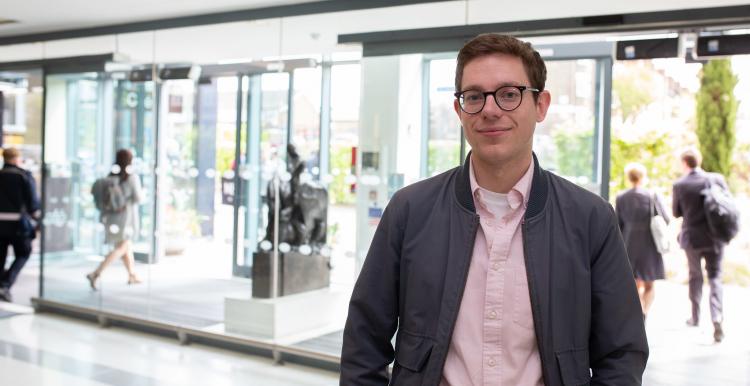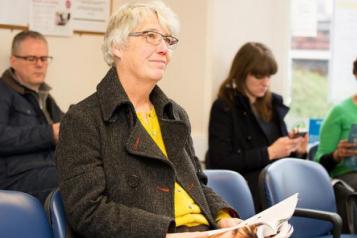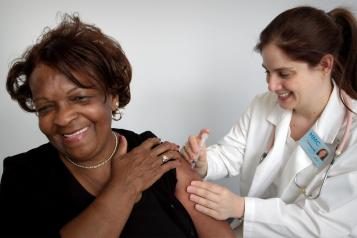Changes to CQC’s approach to inspection and regulation

The issue
In March the Care Quality Commission announced that they would be suspending routine inspection activity for the duration of the COVID-19 response to help prevent spreading the virus and to avoid adding additional burden to services at this time.
They have also been clear that this does not mean they are pausing their regulatory activity and have committed to upholding their key principles around ensuring people receive safe and high-quality care.
The focus is on using enhanced intelligence gathering to monitor what is going on and to support more targeted interventions. The detail behind how this works has been released as part of a new Emergency Support Framework and is currently being rolled out across CQC’s work in adult social care.
What does the framework say?
The framework is designed to help local CQC inspection teams give targeted advice, guidance and support to providers and staff working in health and social care.
It is based on using existing insight, and stepping up the level of local intelligence CQC teams are drawing on, to help spot issues. In particular, it outlines the importance of gathering more feedback from the public and to encourage staff to speak up if they have concerns.
Where problems are identified, the framework instructs CQC staff to have open and honest conversations to help resolve issues locally. This involves them working with local health and care leaders and service managers to talk through any tough decisions and to help them keep people safe.
Where CQC are required to carry out an inspection or take further action to protect people’s human rights, the framework stresses that they will continue to do so under their existing statutory powers.
What does the framework say?
The framework is designed to help local CQC inspection teams give targeted advice, guidance and support to providers and staff working in health and social care.
It is based on using existing insight, and stepping up the level of local intelligence CQC teams are drawing on, to help spot issues. In particular, it outlines the importance of gathering more feedback from the public and to encourage staff to speak up if they have concerns.
Where problems are identified, the framework instructs CQC staff to have open and honest conversations to help resolve issues locally. This involves them working with local health and care leaders and service managers to talk through any tough decisions and to help them keep people safe.
Where CQC are required to carry out an inspection or take further action to protect people’s human rights, the framework stresses that they will continue to do so under their existing statutory powers.
What does this look like in practice?
Each of your local CQC inspectors will have been given a list of all the providers they are responsible for.
Each provider will have been assigned an automatically calculated risk rating based on the data and intelligence the CQC already holds in its records. There are four categories in total – ‘very high’, ‘high’, ‘medium’ and ‘low’.
Inspectors will use these risk ratings, and their local knowledge, to prioritise calls with providers to discuss how they are coping. Inspectors can use their discretion to delay calls to certain providers and areas where they feel the risk is low if they need to focus on high risks in other areas.
Inspectors will continue to make regular engagement calls with providers throughout the COVID-19 period to ensure risks are managed. After each call, the provider will be assigned a status of ‘managing’ or ‘requires support’. Those who need support will be signposted to various resources that may help them with their particular challenges, and follow-up calls will take place to ensure risks are being managed.
Will the approach change for different sectors?
The CQC recognises that each of the sectors it regulates will be affected by the pandemic in very different ways. There is no one-size-fits-all approach and they will be looking to adapt their approach to the different needs of people who use services and providers in each sector.
CQC has started rolling out the approach in social care as this is the sector where they have the least access to systematic intelligence sources at the moment. This is exacerbated by the significantly higher number of providers operating in social care.
The impact of the pandemic on the way social care is delivered means services are increasingly delivered in closed environments, which further limits the amount of intelligence coming out of such services. It is also worth noting that the changes brought in by the Care Act Easements which, when applied, could result in new gaps opening up in local care provision putting people at risk.
All the above reasons are why social care is the first sector to see this approach implemented. However, the plan is to roll out to primary and secondary care in due course. To take account of the rapidly changing external environment the CQC will take a flexible approach to this and will be regularly updating the guidance for each sector.
How you can help ensure quality and safety?
We are working closely with CQC, sharing evidence at a national level and developing plans to help encourage more people to share their experiences of care - especially issues that relate to safety and quality.
You can help support the effective regulation of care at a local level by:
- Sharing you local evidence with CQC and acting quickly on safeguarding issues
- Talking to your local CQC inspectors to see if you can help them prioritise local calls.
Find your local inspector
Read the 'Working together' guide to find out how to contact your local inspector.
Got a question or a concern?
Talk to a member of our team


